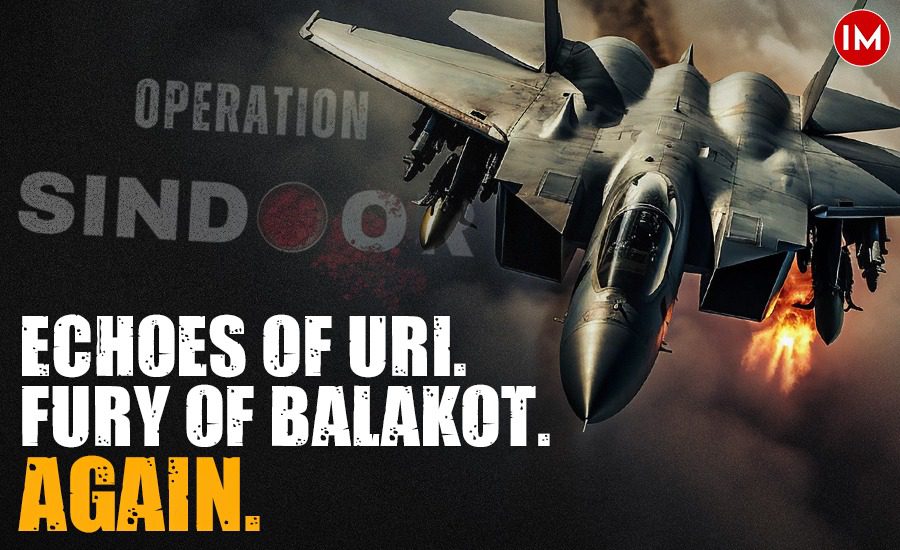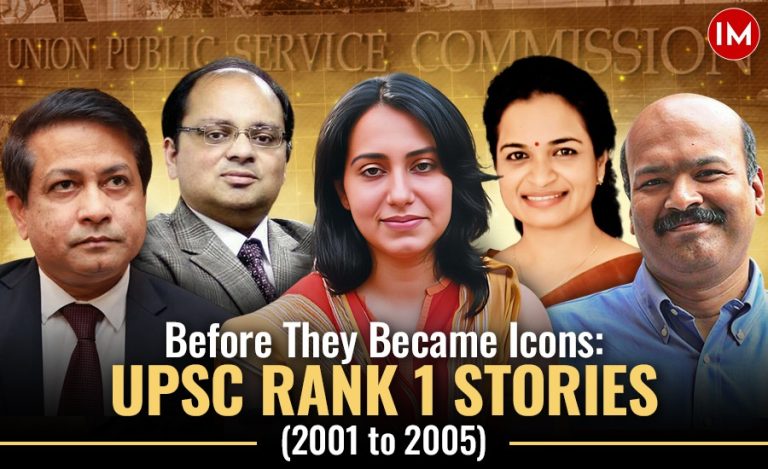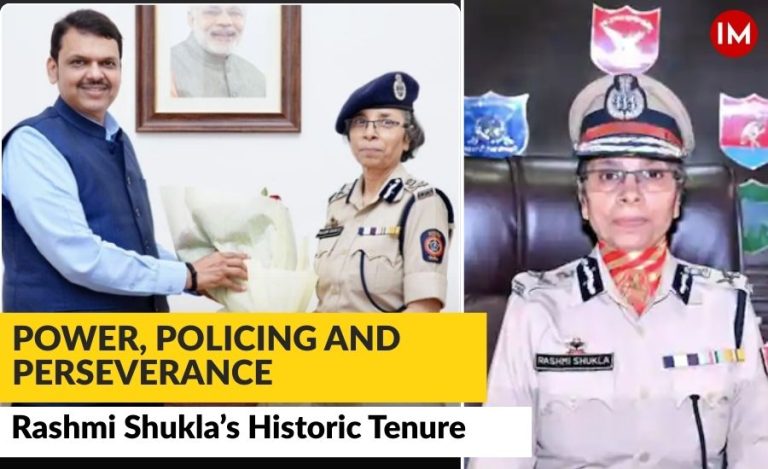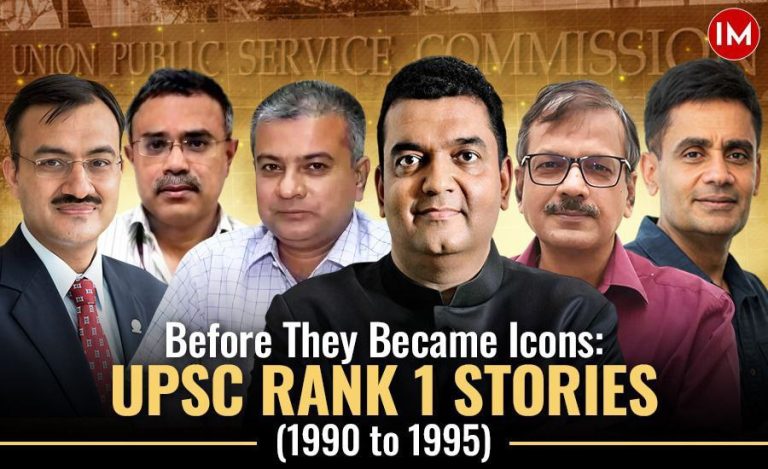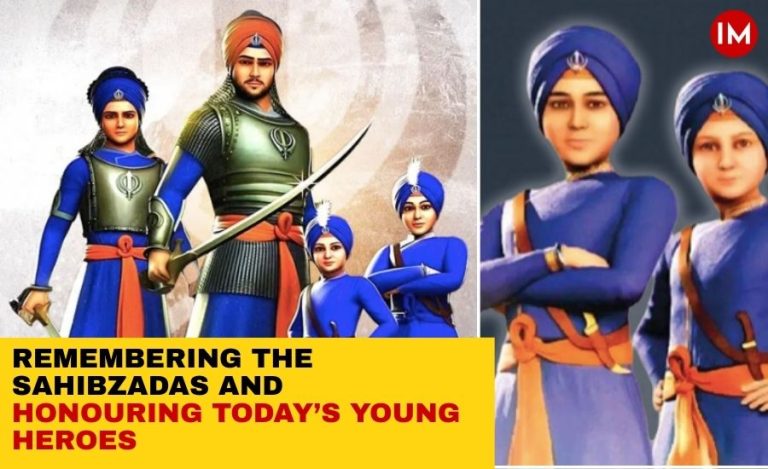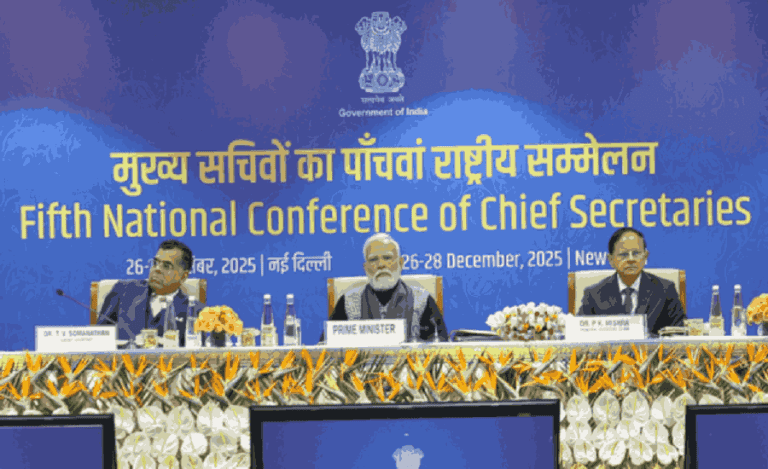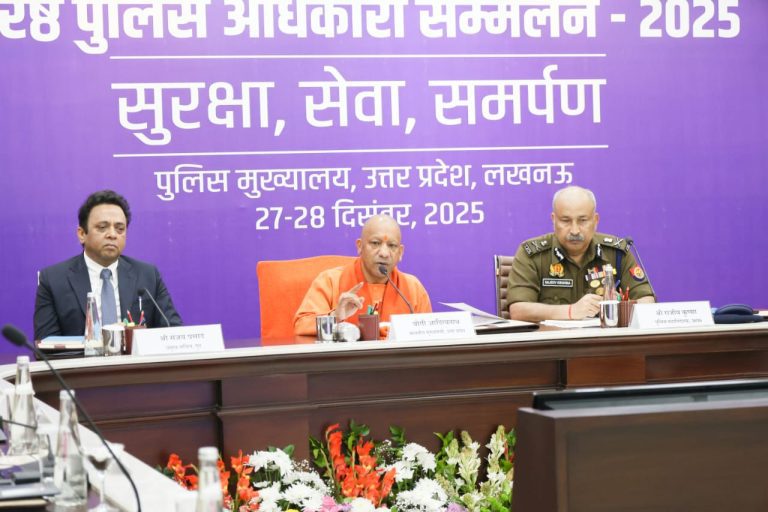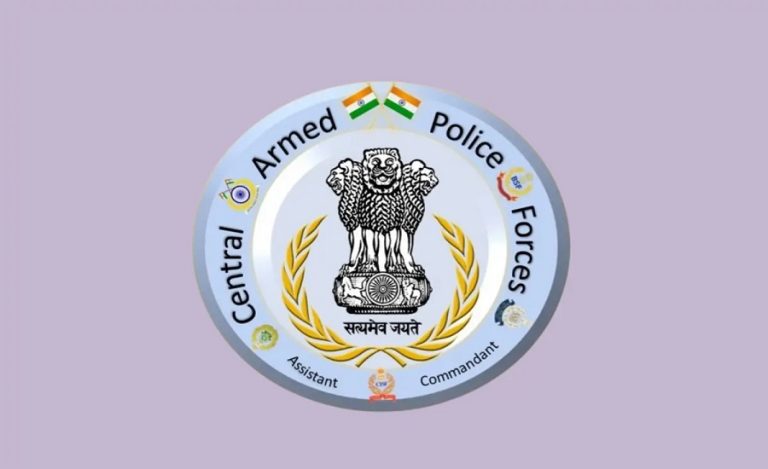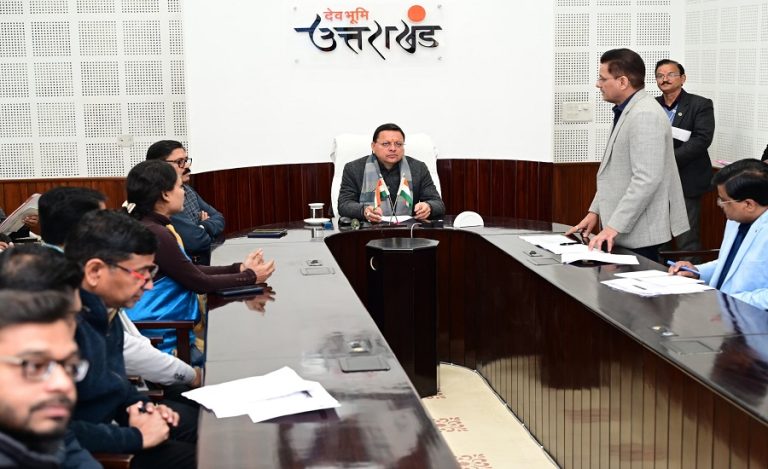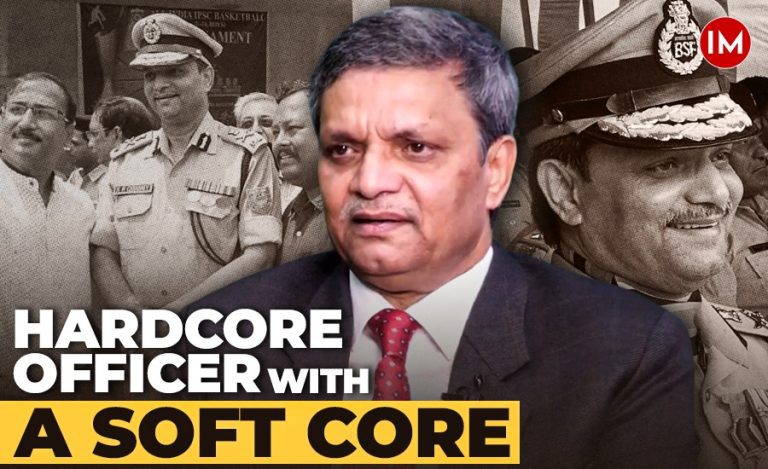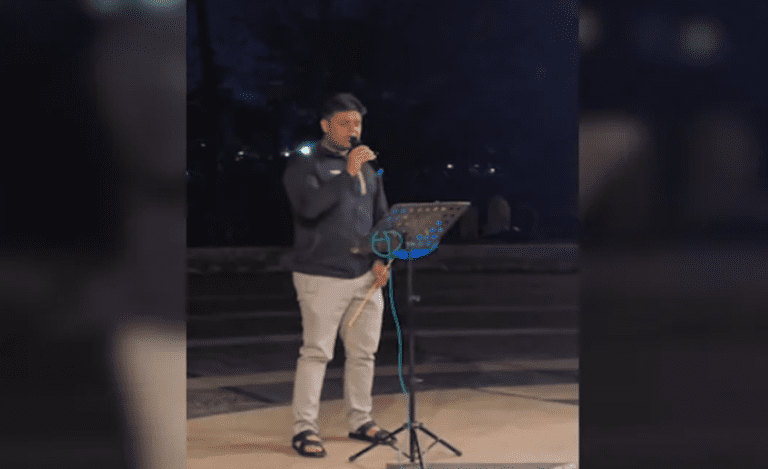This is New India.
It doesn’t send dossiers.
It sends a message – with its missiles, helicopters, and men in uniform.
Gone are the days of carefully compiled documents landing on Pakistan’s foreign desk, gathering dust.
Now, it’s swift, surgical, and silent.
When Pakistan-sponsored terrorists dared to spill the blood of our brave jawans in Uri, New India did not wait for diplomacy to work its slow magic. We struck back. Hard.
Uri was the turning point.
On the early morning of September 18, 2016, four heavily armed terrorists infiltrated the Indian Army base near the town of Uri in Jammu and Kashmir. In a horrifying ambush, 19 Indian soldiers were martyred – the deadliest attack on Indian security forces in nearly two decades. The nation was outraged. Grief turned to resolve.
Ten days later, at the break of dawn, India answered – not with words, but with action.
In a historic and unprecedented move, Indian special forces crossed the Line of Control and conducted surgical strikes on terror launchpads in Pakistan-occupied Kashmir. The message was clear:
“You kill our soldiers. We’ll destroy your terror camps.”
This was not a reaction. This was retribution. Calculated. Precise. Relentless.
And it marked the birth of a new doctrine: zero tolerance, zero delay.
From Uri to Balakot and beyond, this is the story of a nation that no longer tolerates the shadow games of terrorism.
This is the story of New India.
THE BIRTH OF OPERATION SINDOOR
In the early hours of May 7, 2025, the Indian armed forces executed a bold, precise, and strategically significant counter-terror operation, ‘Operation Sindoor.’ This came exactly 15 days after the tragic terror attack in Pahalgam, Jammu and Kashmir, which claimed the lives of 26 innocent civilians.
Operation Sindoor wasn’t just retaliation, it was a message. A message that India would no longer remain silent in the face of terror. Nine terror camps spread across Pakistan and Pakistan-occupied Kashmir (PoK), including key locations like Bahawalpur (a Jaish-e-Mohammed stronghold) and Muridke (the base of Lashkar-e-Taiba), were struck with clinical precision. Importantly, no Pakistani military facilities were targeted, keeping the operation within the bounds of proportionate response — responsible, deliberate, and unmistakably firm.
FLASHBACK TO 2016: THE NIGHT INDIA ‘CROSSED THE LINE’
On September 29, 2016, Lt. Gen. Ranbir Singh, DGMO, stunned the world by announcing that India had carried out surgical strikes across the LoC. It was a direct response to the Uri attack, in which 19 Indian soldiers were killed.
What made this different? It was the first time India publicly acknowledged such an operation. Behind the veil of silence, high-level meetings in Delhi’s war rooms, with PM Narendra Modi and NSA Ajit Doval, orchestrated a daring mission: to enter enemy territory and eliminate the very launchpads from which terror originated.
The mission was led by the elite Para SF’s enigmatic 2IC, known only by his radio name – Major Mike Tango.
THE STORY OF MIKE TANGO
Mike Tango and his 19-member Special Forces team slipped across the LoC under the cover of darkness, armed with M4A1 carbines and Israeli Tavors and nerves of steel. The goal? Four terror launchpads confirmed by multiple sources, including double agents within Jaish-e-Mohammad.
They trekked through enemy terrain for hours, reaching 200 meters from their target when sudden gunfire erupted. But Tango’s experience told him it wasn’t directed at them. The team waited 24 hours, hidden in the dense forest, surrounded by danger, with only silence and tension as company.
50 YARDS TO HISTORY
On the night of September 28, while Delhi hosted a Coast Guard banquet, its top brass — Defence Minister Manohar Parrikar, NSA Doval, and Army Chief Gen. Dalbir Singh – quietly slipped away to military operations rooms. The operation had begun.
Mike Tango spotted two guards at the launchpad and took them out with a single burst. The team moved swiftly, showering bullets on the camps. Two militants tried to escape into the forest. Tango, switching to his 9mm Beretta, neutralized them at point-blank range.
In under an hour, 38–40 terrorists and two Pakistani soldiers were eliminated. Not a single Indian soldier was harmed!
THE HARDEST PART? COMING HOME ALIVE
The return was the riskiest phase. The Pakistani army had become alert. Tango later recounted, “Had I been a few inches taller, I wouldn’t be sitting here talking to you.” Bullets zipped past them, put… put… put, as they crawled 60 meters on their bellies through open terrain, with no cover.
At 4:30 AM, the team crossed back into Indian territory, safe, successful, and undefeated. Radio silence had been maintained throughout. Not one life lost. Not one error made.
For his courage, Major Mike Tango was awarded the Kirti Chakra but his real reward was bringing his men home.
BALAKOT 2019: A MESSAGE FROM THE SKY
Then came Balakot, on February 26, 2019, after the Pulwama terror attack. The Indian Air Force crossed the LoC and dropped precision bombs on terror camps in Balakot, deep inside Pakistan’s Khyber Pakhtunkhwa. It was the first time India conducted an airstrike beyond PoK, targeting Jaish-e-Mohammad’s major training facility.
Pakistan retaliated ineffectively the next day, but India had already signaled that terror would be met not with dossiers, but decisive action.
SURGICAL PRECISION, STRATEGIC INTENT
Operation Sindoor drew international attention instantly. The United Nations Security Council was briefed, and the U.S. stated they were “watching the situation very closely.” India had once again demonstrated its doctrine of measured retaliation – a blend of strength, restraint, and surgical focus.
This doctrine, however, is not new. The strategic DNA of Operation Sindoor carries deep imprints of two historic military actions – the 2016 Uri Surgical Strike and the 2019 Balakot Air Strike. Both remain defining moments in India’s counter-terrorism strategy.
A CONTINUATION OF RESOLVE WITH OPERATION SINDOOR
Seen through the lens of Uri and Balakot, Operation Sindoor is not a one-off act of retaliation. It’s part of a doctrine of determined response marked by intelligence-led planning, surgical precision, and international maturity.
India no longer merely absorbs pain – it strikes back, smartly and strategically. From Mike Tango’s boots on enemy soil to jets over Balakot and now the tactical strikes of Operation Sindoor, a clear message resonates: India will protect its people. And terror will not go unpunished.
THE COURAGE TO CROSS AND RETURN
What makes a soldier walk into enemy territory knowing he may not return? Perhaps it’s not just bravery, but belief – in his mission, his team, and the nation he protects.
As the echoes of gunfire fade and the maps are redrawn in silence, one thing remains etched in the legacy of India’s special forces: When they walk into the shadows, they do it so the rest of us can live in the light.

